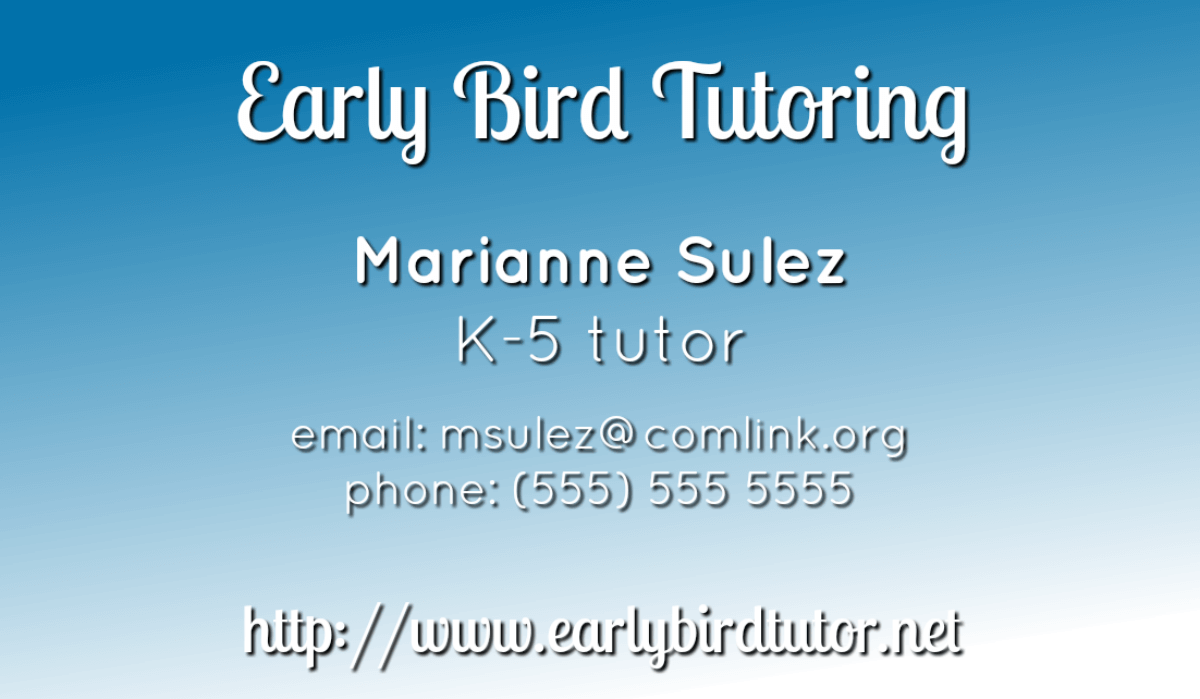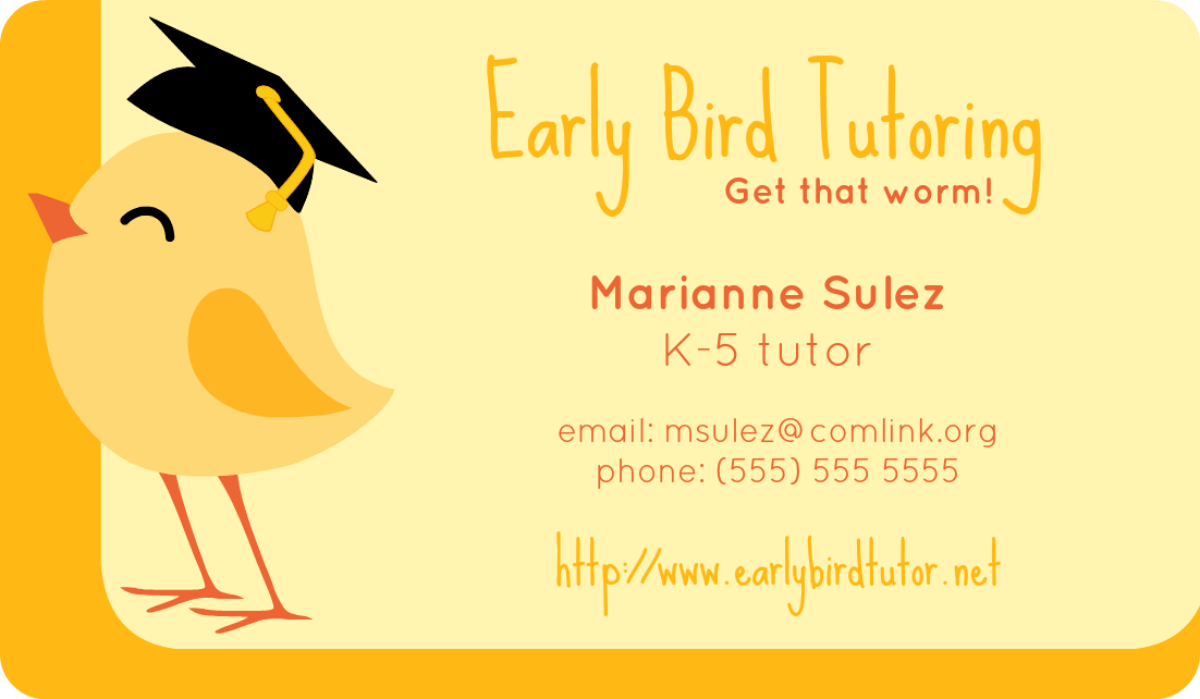The buzzphrase “personal branding” has raised a lot of questions: “What is a personal brand? Do I need one? Is everybody else getting jobs without me?” We tackle a few core concepts with three personal branding examples that will give you a concrete grasp of how a personal brand can work for you:
A little personal branding goes a long way.
Cooler isn’t necessarily better.
Don’t be afraid to be yourself.
First off: what’s the difference between having a personal brand and just, y’know, having a website? Definitions of personal brand vary, so for the sake of this article, here’s how we’re gonna talk about it:
If you’re out in the world doing work, chances are you have a reputation. That reputation could be, “He’s the best welder I’ve ever worked with,” or, “They make delicious pastries, but their website sucks,” or even, “Who?”
Your personal brand, on the other hand, is a reputation you put forward about yourself. This isn’t the “giving yourself your own nickname” thing we tried to do in middle school. Developing a personal brand that reflects what you’re about gives you more control over how you’re perceived professionally, and broadcasts who you are to the people you’d like to work with—especially important in a world where the youngest Baby Boomers average 11.6 jobs over their working lives, and Millennials can expect even greater volatility.
With that in mind, let’s meet our contestants.
#1. Gwendolyn Merrifeather, interior designerLesson: A little goes a long way.
You may have seen the advice “never miss a chance to establish your personal brand.” We’d like to submit the addendum that never missing a chance doesn’t have to be daunting. In fact, it can be downright simple.
Take Gwendolyn Merrifeather, the not-a-real-person behind interior design company Merrifeather Designs. Gwendolyn’s written a great blog post about home decor, “16 Rustic Rooms to Inspire Your Decorating.” Since she’s no slouch, she picked her favorite image from the article to build awareness on social media:

This is the perfect example of “never missing a chance.” Her business brand encompasses a range of styles, but it’s based in Gwendolyn’s own mid-century modern aesthetic—a little retro, a lot luxe, and witty to boot.
Here’s an updated graphic that Gwendolyn could post to social:

Where is the personal branding in this post?
Gwendolyn’s updated graphic displays her company name, tying her brand not only to the blog post, but to any sharing of this image.
Since her business and her personal brand are both based on her name, it’s a branding double-whammy: upping the visibility of her business and her name recognition at the same time.
She’s included a phrase that’s not part of the article title—Oh, deer!—and injected some of her irreverence into an otherwise straightforward post.
#2. John Shay, musicianLesson: Cooler is not (necessarily) better.
John Shay is a completely made-up singer/songwriter who reminds people of John Mayer—mostly for his sound, although the fact that they have the same first name doesn’t hurt. He has his very first album coming out, and he’s created a 70’s-cool, kinda bad-boy Facebook cover image to promote it:

While we’re sure that the experience of writing and recording an album made John feel like an infinitely-multiplied skeleton in a big hat, his music is a bit, um, mellower than this image implies? Let’s try a different Facebook cover:

Ah! Straightforward and refreshing. Here’s why we like this cover photo for John:
Once again, this text is pretty darn readable.
The portrait of John is a winner. It ties him to his professional interests (he’s holding his guitar), and his smile makes him look mellow and approachable. Those are both good adjectives for a guy who makes John Mayeresque music.
The no-frills nature of this cover photo also ties to John’s music, which is acoustic and sincere.
Sure, you want your personal branding to stand out, but not for the wrong thing. John’s first Facebook cover photo may have lured in Deadheads and weird rockers, but those people are less likely to enjoy his music than people who go in expecting acoustic dreaminess.
#3. Marianne Sulez, tutorLesson: Don’t be afraid to be yourself.
The scariest thing about personal branding is that it’s so, well, personal. “What if I put myself out there and no one likes me?”
That was Marianne Sulez’s worry when she started trying to promote herself, not just her business. Marianne, not-a-real-person and tutor of grade-school kids, loves her job and the kids love her back. Parents appreciate that she’s patient, enthusiastic, and invested in her charges’ success—she’s not just there to collect a paycheck.
Recently, Marianne has been told by friends and family that she needs to inject more of her bubbly, inviting personality into her business branding. Here’s Marianne’s first try at a business card:

Okay, points for effort! She tells you what she’s about, and she’s got a nice loopy font that communicates some whimsy. But that gradient says “My First PowerPoint” more than it does “fun and talented teacher.” You don’t really get a sense that the woman behind this business connects well with children and cares deeply about them.
Why the disconnect? In this case, Marianne hasn’t fully committed to her personal brand because she’s worried people will think she’s “too weird” or won’t like what she has to offer.
Well, PicMonkey’s gonna be your mom on the first day of school and say of COURSE people will like you. They just have to get to know you, and that means the real you.
Here’s Marianne’s take two:

Wow! It’s a night-and-day difference. Here’s why:
Marianne’s new color palette is warm and inviting, like her.
She uses the same main font, but improves its readability by removing background noise and unnecessary drop shadows.
She’s added a fun tagline.
That chickie! With its little smiling face and graduation cap, it gives parents an idea of what Marianne’s like as a person—always good to know when you’re entrusting your kids to someone. Plus, it makes her stand out from other tutors for something she knows is a unique asset: her bubbly personality.
Conclusions
To sum up, what are some of the benefits of having a personal brand?
A personal brand helps sync you up with your ideal consumer or employer by letting them know who you are.
It allows anybody to look you up at any time and get a good idea of what you have to offer and whether they’d be interested.
A personal brand doesn’t have to take a huge amount of time to establish and maintain.
Is a personal brand for everyone? Not necessarily. Remember that thing we said up top about how you probably already have a reputation? Personal branding doesn’t make or break you, as far as we can tell. And your personal brand doesn’t have to be static—in fact, it should evolve over time.
If you’ve been fretting about getting this personal brand thing just right, rest assured: you’re awesome, and your work will speak for itself. But, as we hope we’ve demonstrated, an effective personal brand can package all that awesome, razzle-dazzle it into people’s eye sockets, and they’ll be like, “Who is that amazing person??? We have to know more!”
It’s the kind of thing we like to see around here: the best, shiniest version of you.
